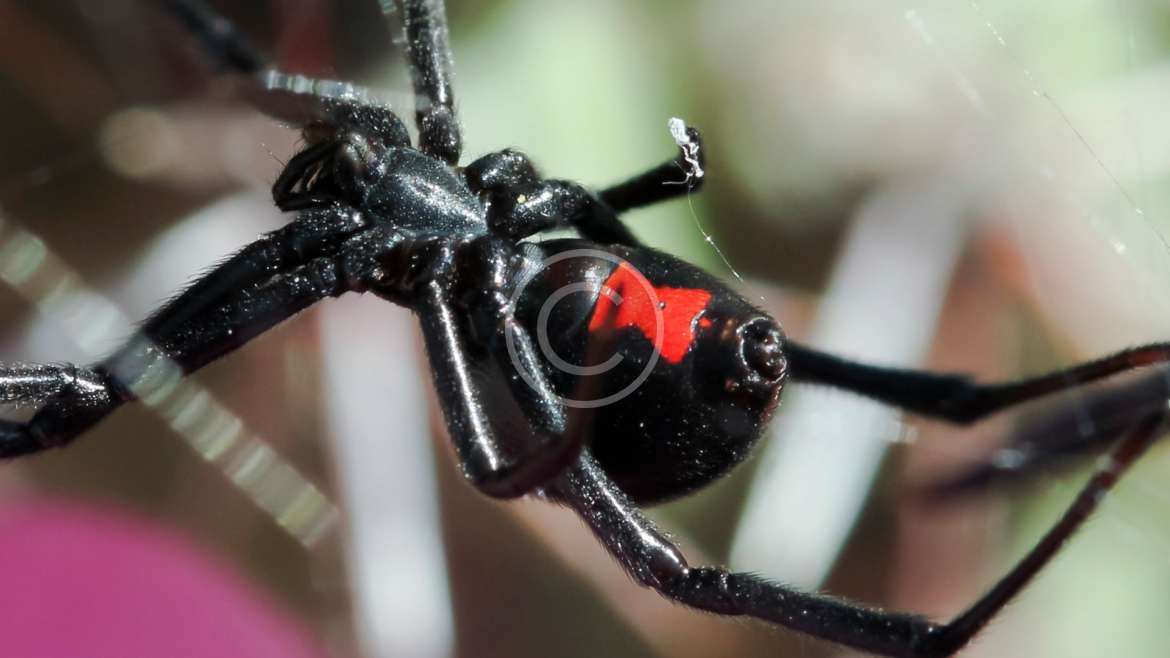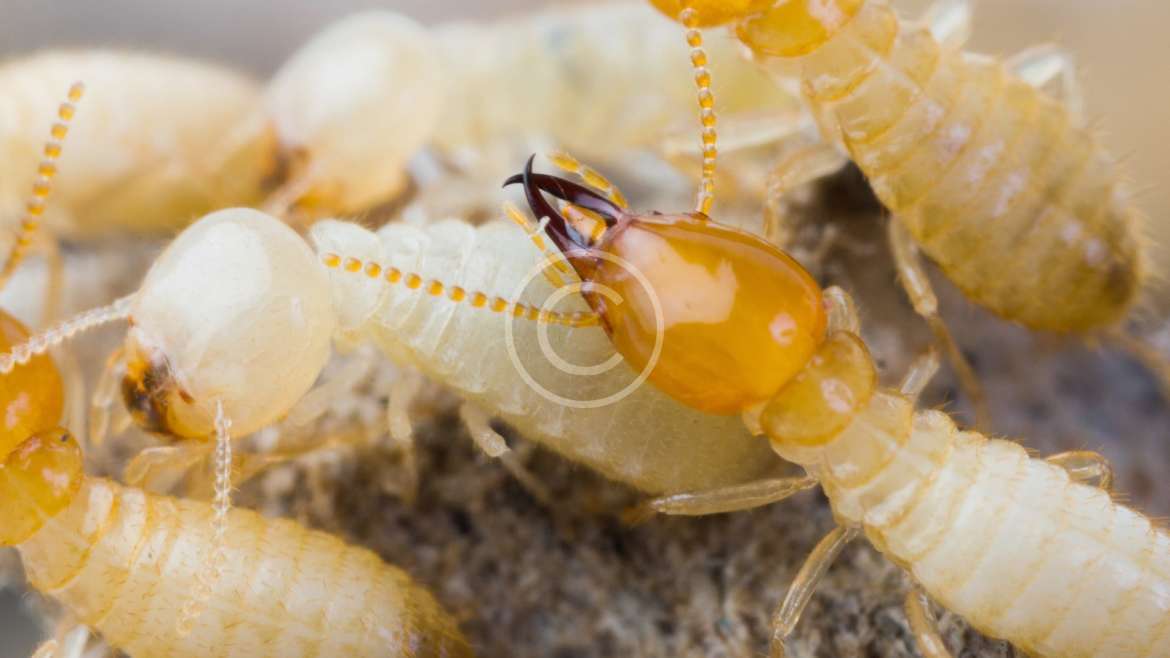Actualities, Recognizable proof and Control
Experimental Name
Family Bostrichidae
Appearance
Most wood exhausting false powderpost creepy crawlies are from 1/8 to ¼ of an inch long, however species that are discovered outside in trees and kindling can be up to 2 or more creeps long. False powderpost creepy crawlies are rosy chestnut to dark in shading with a chamber formed body. The creepy crawly’s head extends descending; is covered up by the bug’s body; and is not effortlessly seen when seen from above. The hatchlings are grub-like in appearance, C-formed and cream-shaded. More than 60 types of false powderpost bugs are found in North America.
Conduct, Diet and Propensities
By and large, false powderpost creepy crawlies are a great deal less harming in homes than different gatherings of powderpost insects. Powderpost creepy crawlies principally pervade new wood, and the majority of this species invade hardwoods, albeit some will overrun softwoods. The normal life cycle from egg to grown-up is finished in one year or more, if the creepy crawly is situated in an unfavorable domain. Both the hatchlings and grown-ups harm wood since grown-up female insects drill into the wood and make burrows where they lay eggs. When the eggs bring forth, the hatchlings passage further into the wood to bolster, develop and finish their improvement into grown-ups. In the early spring, grown-ups rise up out of the plagued wood by drilling round way out openings. While grown-ups might reinfest wood, most false powderpost grown-ups don’t reinfest the wood they rose up out of, and wood harm is constrained to what is brought on by one era. Bamboo wood is more defenseless to false powderpost scarab harm than different sorts of wood.
More Data
Property holders must stay watchful and recognize false powderpost bugs and afterward control them to maintain a strategic distance from difficult issues. The principal indications of a false powderpost creepy crawly infestation may be wood that is harmed, way out openings and frass, and not as a matter of course a false powderpost insect locating. By and large, seeing way out openings that are the same shading as the wood encompassing the gaps shows an old, latent infestation. Since harm may be old and the creepy crawlies never again are alive, it is savvy to look for the help from your nuisance administration proficient before expecting that control endeavors are essential.
False powderpost creepy crawlies are classified into three general gatherings of powderpost insects: Bostrichid, Anobiid and Lyctid powderpost scarabs
















